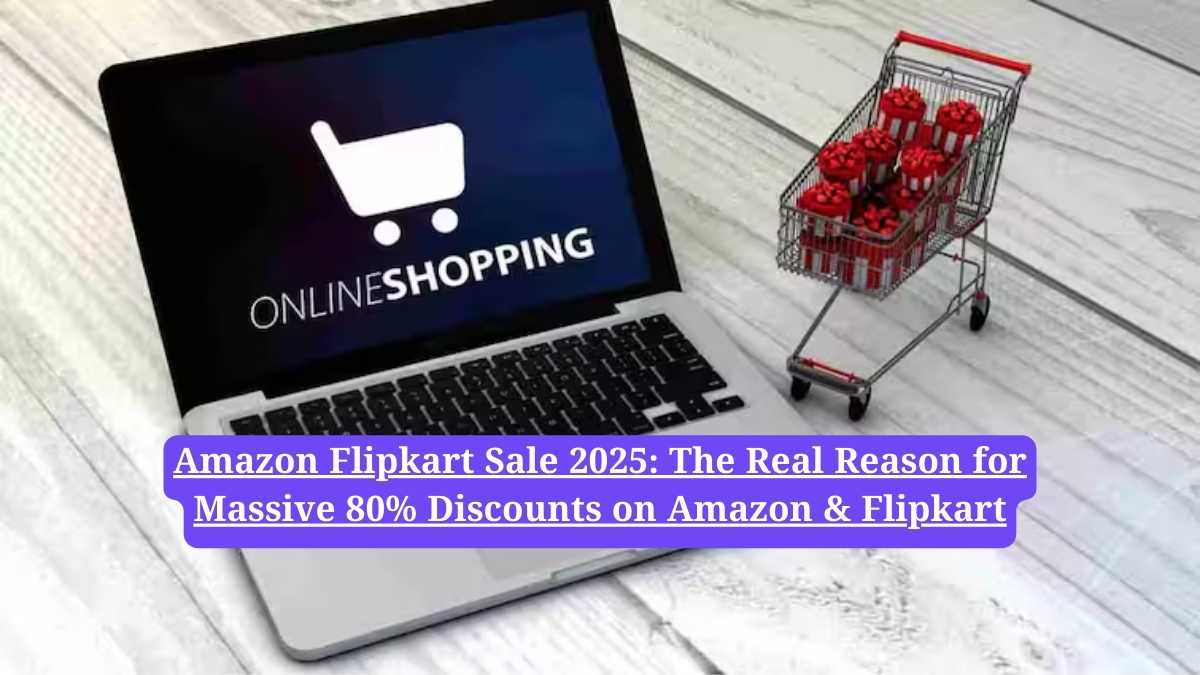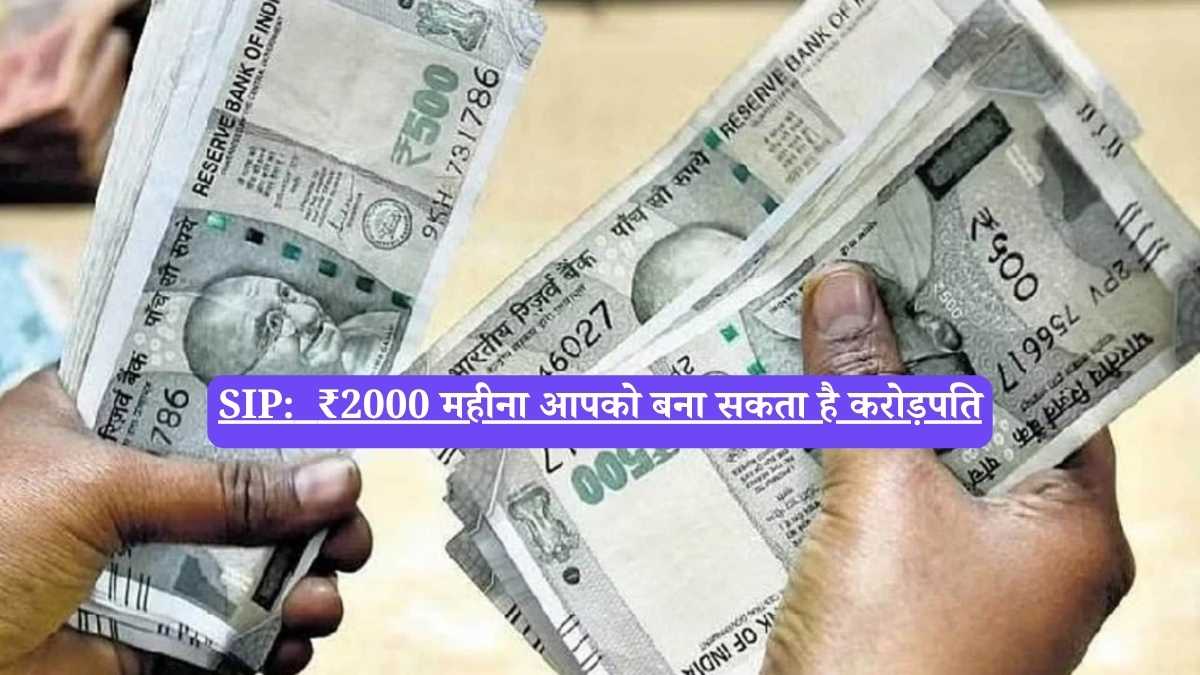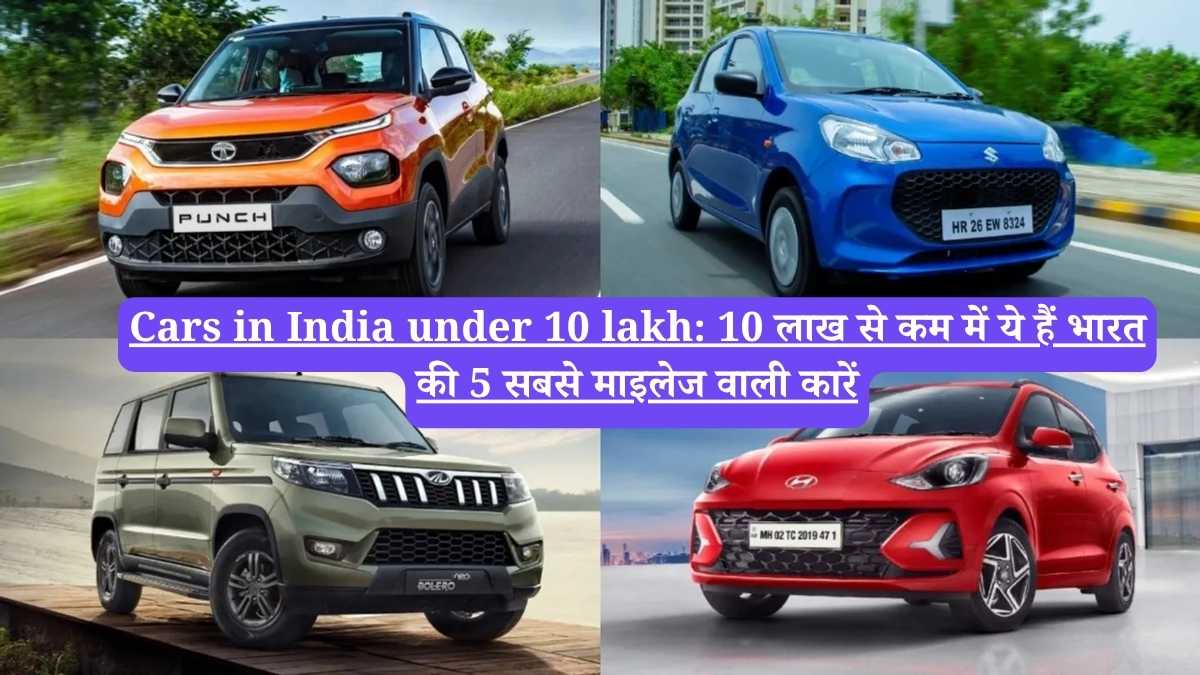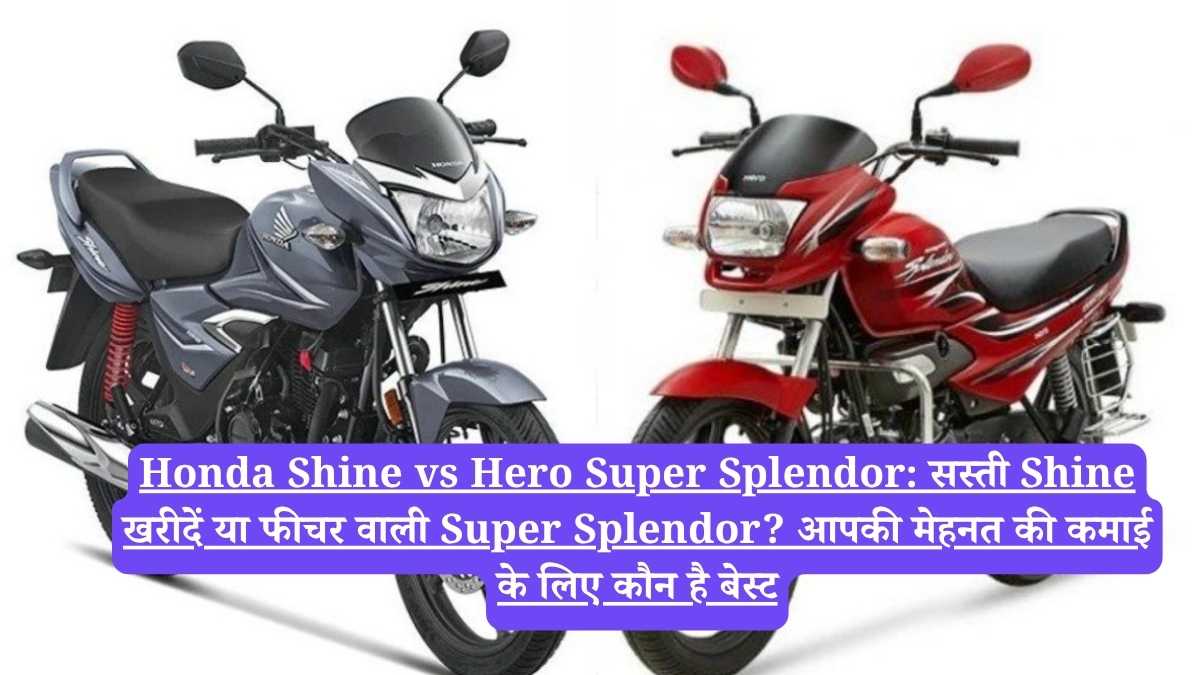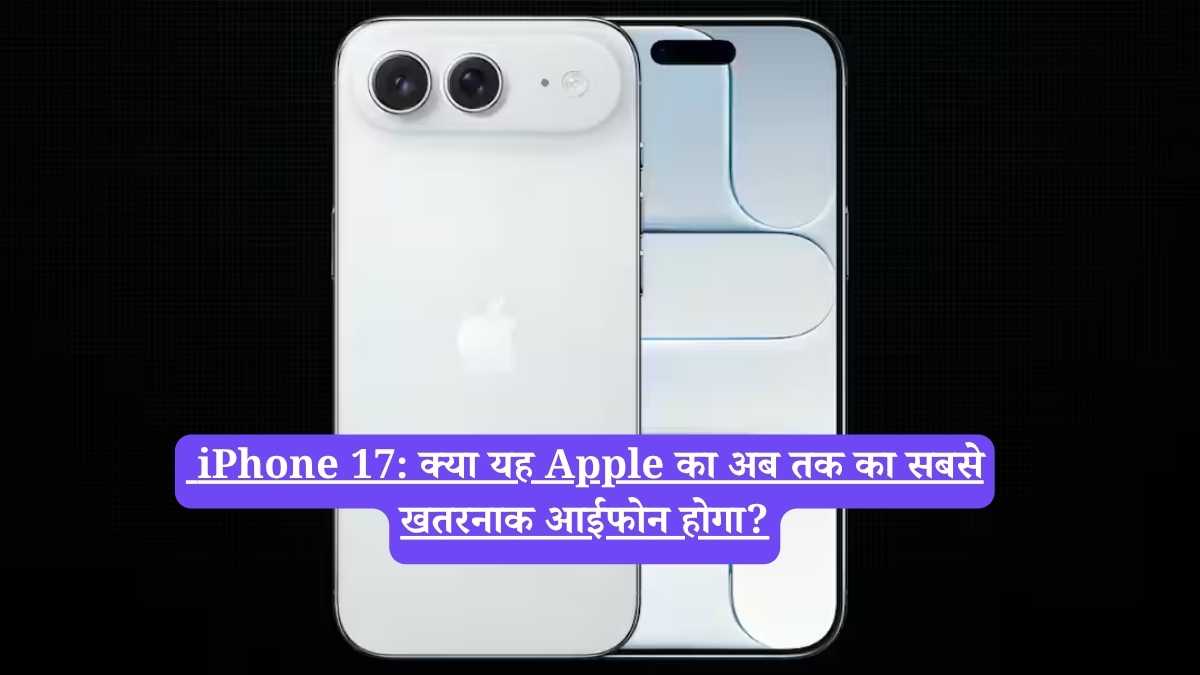Join WhatsApp
Join NowAmazon Flipkart Sale 2025: In the modern era of digital commerce, online shopping has become the default for millions. Giants like Amazon, Flipkart, Myntra, and others constantly lure us in with jaw-dropping sales events, promising discounts of 50%, 70%, or even a staggering 80% off. It’s a shopper’s paradise. But as you add that heavily discounted item to your cart, a question often lingers: how can these companies possibly afford to sell products for so cheap? Is it a genuine bargain, or is there a complex strategy working behind the scenes?
The truth is, these massive online sales are not just simple price cuts; they are the result of a multifaceted and highly intelligent business model. Let’s uncover the key reasons why you can find such low prices online.
1. The Power of Bulk Buying and Direct Stock Clearance
One of the biggest secrets is the sheer scale of operations. E-commerce platforms don’t buy single items; they purchase products in enormous quantities directly from manufacturers and brands. This practice, known as bulk buying, significantly reduces the cost per unit, allowing them to pass some of those savings on to the customer. Furthermore, when a new model of a smartphone, laptop, or appliance is about to launch, companies need to clear their old inventory quickly. The fastest way to do this? Slap a massive discount on the older stock during a sale event to make way for the new.
2. Slashing the Overheads: The Lean Online Model
Think about a traditional brick-and-mortar store. It has to pay for prime retail space rent, electricity and water bills, a large sales staff, and interior maintenance. These operational expenses are massive and are inevitably factored into the product’s final price. Online platforms, in contrast, operate with much lower overheads. Their primary costs are warehousing (often in less expensive, non-retail locations) and managing a delivery network. This lean operational model gives them a huge financial advantage and more room to offer deep discounts.
3. It’s a Marketing Masterstroke: Driving Traffic and Sales
Often, a jaw-dropping discount on a popular product is a “loss leader”—a marketing strategy designed to pull you into their digital ecosystem. The goal isn’t necessarily to make a huge profit on that one discounted item. The goal is to get millions of potential customers to visit their website or open their app. Once you’re there for that one deal, you’re highly likely to browse and purchase other, non-discounted items. The company might take a small hit on the sale item but makes a significant overall profit from the increased traffic and larger basket sizes.
4. The Psychology of a Sale: Tapping into Urgency and FOMO
The timing and branding of these sales are no accident. Companies leverage the increased consumer spending during festive seasons like Diwali, Christmas, or Black Friday. They create a powerful sense of urgency with phrases like “Flash Sale,” “Limited Time Offer,” and grand event names like “The Great Indian Festival” or “Big Billion Days.” This is a deliberate psychological tactic that triggers FOMO (Fear Of Missing Out), compelling customers to make impulsive purchases under the belief that the opportunity will vanish forever.
5. The Hidden Currency: Your Personal Data
Online sales are not just about selling products; they are a massive data-gathering operation. To avail a discount, you must create an account. In doing so, you provide the company with your email address, phone number, delivery address, and, most importantly, your shopping patterns and preferences. This data is incredibly valuable. It allows them to build a massive customer base and use that information for highly targeted future marketing campaigns, ensuring you keep coming back.
6. The “Fake Discount” Trap: Price Inflation
This is the darker side of online sales. A common, though deceptive, tactic is to artificially inflate the original price (MRP) of a product a few weeks before a sale. Then, during the sale, they offer a “huge” discount on this inflated price. To the unsuspecting customer, it looks like an incredible bargain. In reality, the final sale price might be very close to, or sometimes even higher than, the product’s normal market value.
While the deep discounts you see during online sales are not always a deception, it’s crucial to be a smart shopper. Behind every price tag is a clever business strategy. Companies are either clearing old stock, executing a brilliant marketing plan, or sometimes, creating an illusion of a deal. So, the next time a massive online sale tempts you, get excited, but don’t forget to critically assess the product’s actual price and your genuine need for it before you click “buy.”
